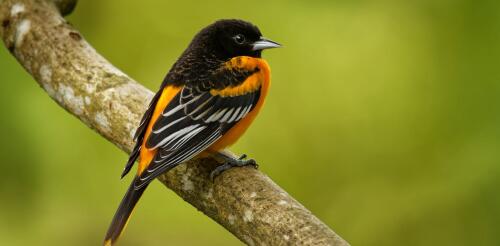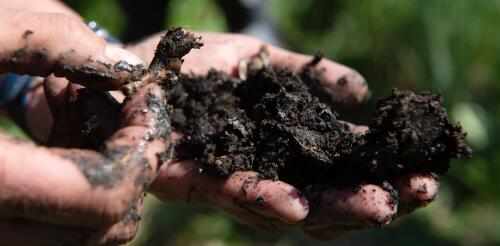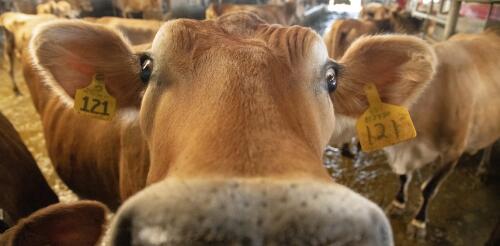Deforestation
Activities associated with cocaine trafficking threaten two-thirds of the most important landscapes in Central America for 196 forest bird species, including 67 migratory species. This is the key takeaway from a study that colleagues and I published in June 2024 in the journal Nature Sustainability. Our findings suggest that there is real potential for drug-related deforestation to negatively affect populations of migratory birds. Many of these species are unusually concentrated in winter in Central America, which has a comparatively smaller area than their summer breeding regions in North America. For 1 in 5 migratory species that travel to Central American forests annually, including familiar birds like the Baltimore oriole, more than 50% of their global population winters in areas that are becoming more attractive to traffickers. For half of migratory species, at least 25% of their populations winter in these areas. Baltimore orioles...
Consumers’ love for avocados in the United States seems to know no bounds. From 2001 through 2020, consumption of this fruit laden with healthy fats tripled nationwide, rising to over 8 pounds per person yearly. On average, 90% of those avocados are grown in the southwest Mexican state of Michoacán. As with other foods that have become trendy, such as acai berries, or widely used, such as palm oil, intensive avocado production is causing significant environmental damage. My research on 20th-century Latin American environmental history examines how the transnational movement of people, foods and agricultural technologies has changed rural landscapes in Latin America. Currently, I’m writing a book on the development of a global avocado industry centered in Michoacán, the world’s largest avocado-growing region. Michoacán has a large Indigenous population and an economy based on agriculture, fishing and ranc...
In July 2024, all eyes will turn to Paris for the Summer Olympic Games. Spectators from around the globe will converge on the City of Light to watch athletes compete and to soak in the culture, romance and history of one of the world’s most recognizable cities. But an iconic Paris landmark, the Notre Dame cathedral, will still be under renovation after a devastating fire that ignited in the cathedral and burned for 12 hours on April 14, 2019. When the last embers were extinguished, most of Notre Dame’s wood and metal roof was destroyed, and its majestic spire had vanished, consumed by flames. Notre Dame is nearly 1,000 years old and has been damaged and repaired many times. Its last major renovation was in the mid-1800s. The massive beams that framed the structure were fashioned from European oak trees harvested 300 to 400 years ago. Today, these trees are common throughout north-central Europe, but few are tall enough to replace Notre Dame’s roof lattice an...
Tropical forest landscapes are home to millions of Indigenous peoples and small-scale farmers. Just about every square meter of land is spoken for, even if claims are not formally recognized by governments. These local landholders hold the key to a valuable solution as the world tries to slow climate change – restoring deforested tropical landscapes for a healthier future. Tropical forests are vital to Earth’s climate and biodiversity, but a soccer field-size area of mature tropical forest is burned or cut down about every 5 seconds to clear space for crops and cattle today. While those trees may be lost, the land still has potential. Tropical forests’ combination of year-round sunshine and high rainfall can lead to high growth rates, suggesting that areas where tropical forests once grew could be valuable sites for reforestation. In fact, a host of international agreements and declarations envision just this. The Worl...
For the first time ever, food and agriculture took center stage at the annual United Nations climate conference in 2023. More than 150 countries signed a declaration, committing to make their food systems – everything from production to consumption – a focal point in national strategies to address climate change. While the declaration is thin on concrete actions to adapt to climate change and reduce emissions, it draws attention to a crucial issue. The global food supply is increasingly facing disruptions from extreme heat and storms. It is also a major contributor to climate change, responsible for one-third of all greenhouse gas emissions from human activities. This tension is why agriculture innovation is increasingly being elevated in international climate discussions. Farmers work in a field during monsoon rains in Madhya Pradesh, India. Rajarshi Mitra via Flickr, CC BY-ND At presen...




